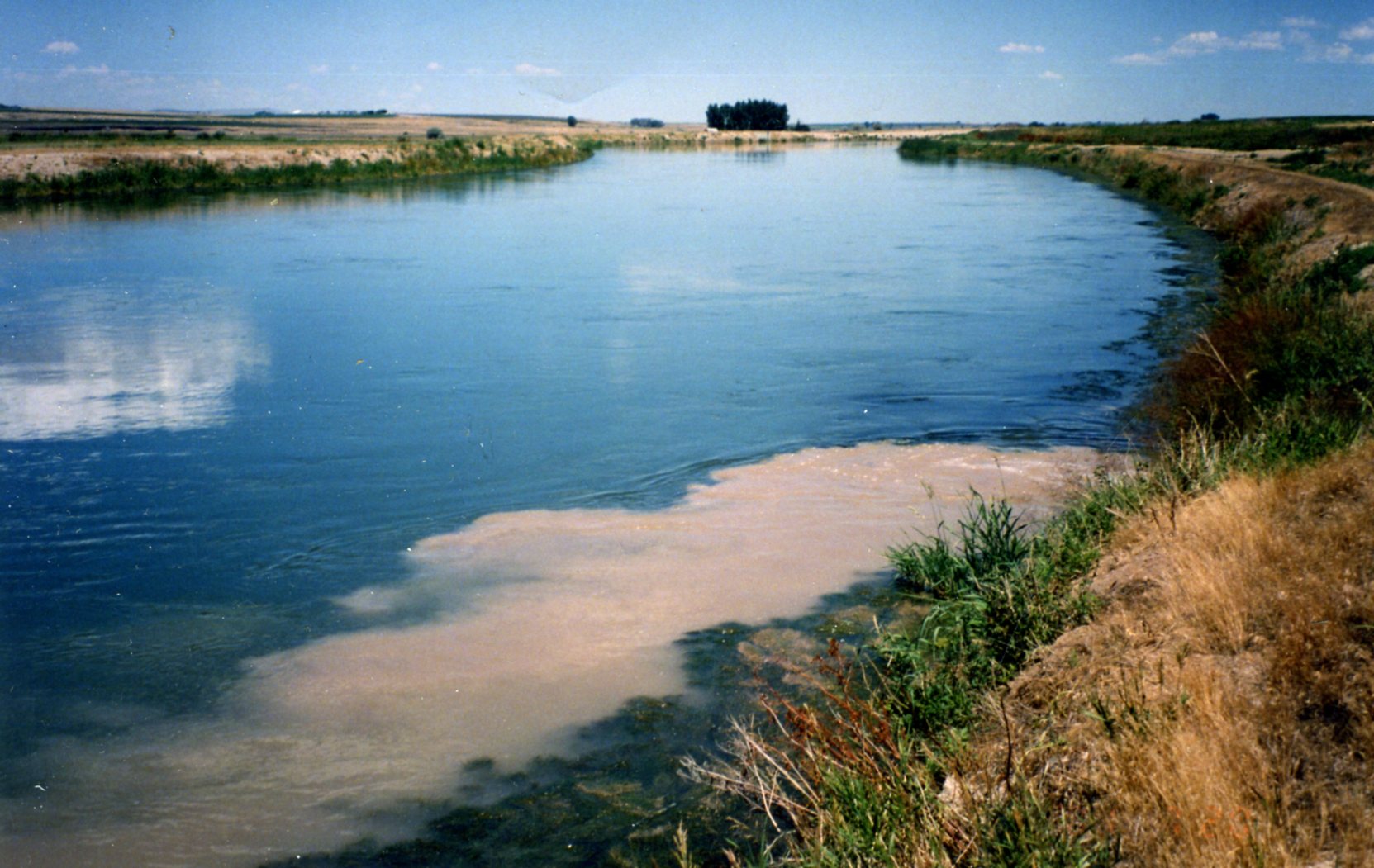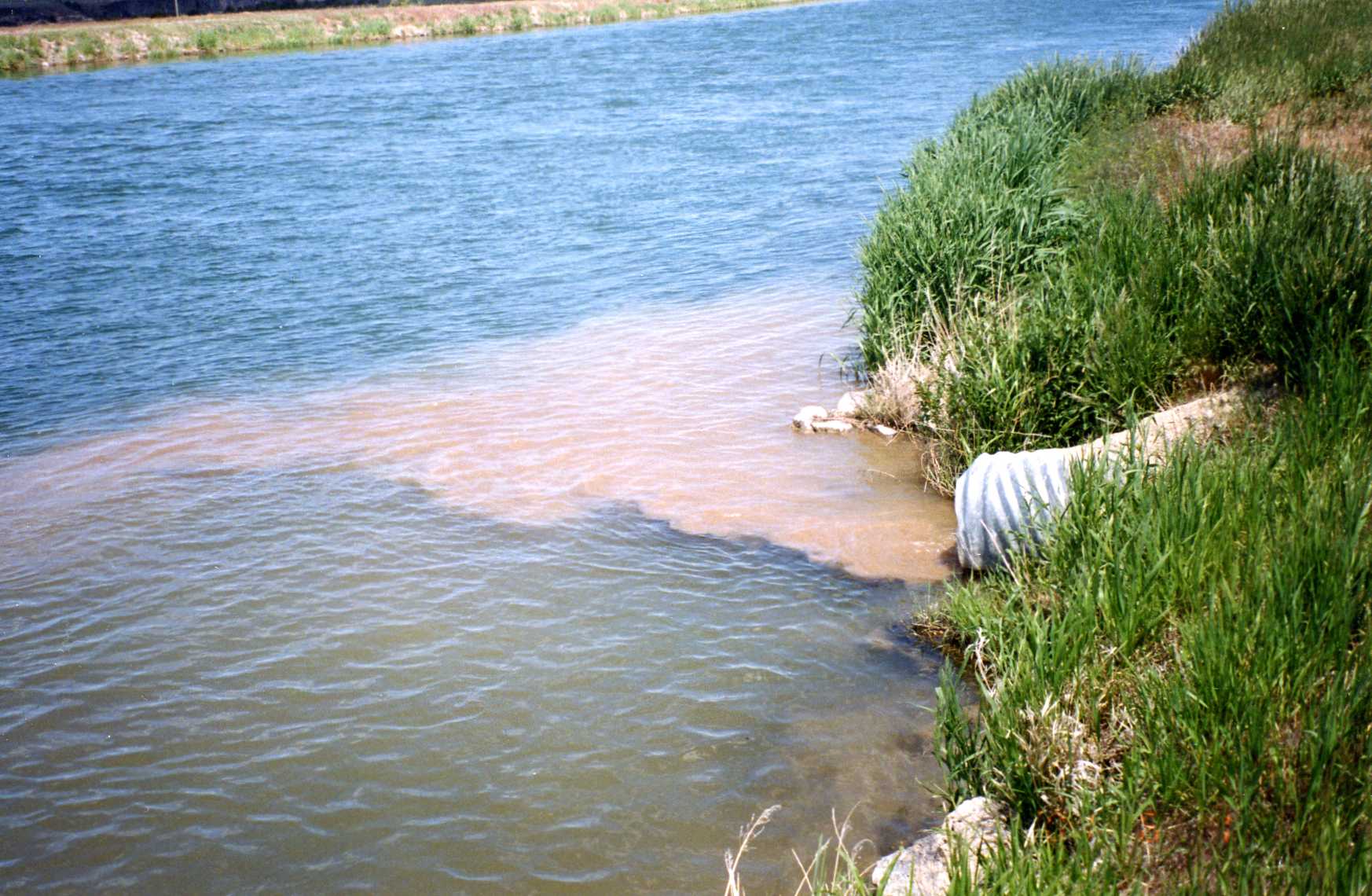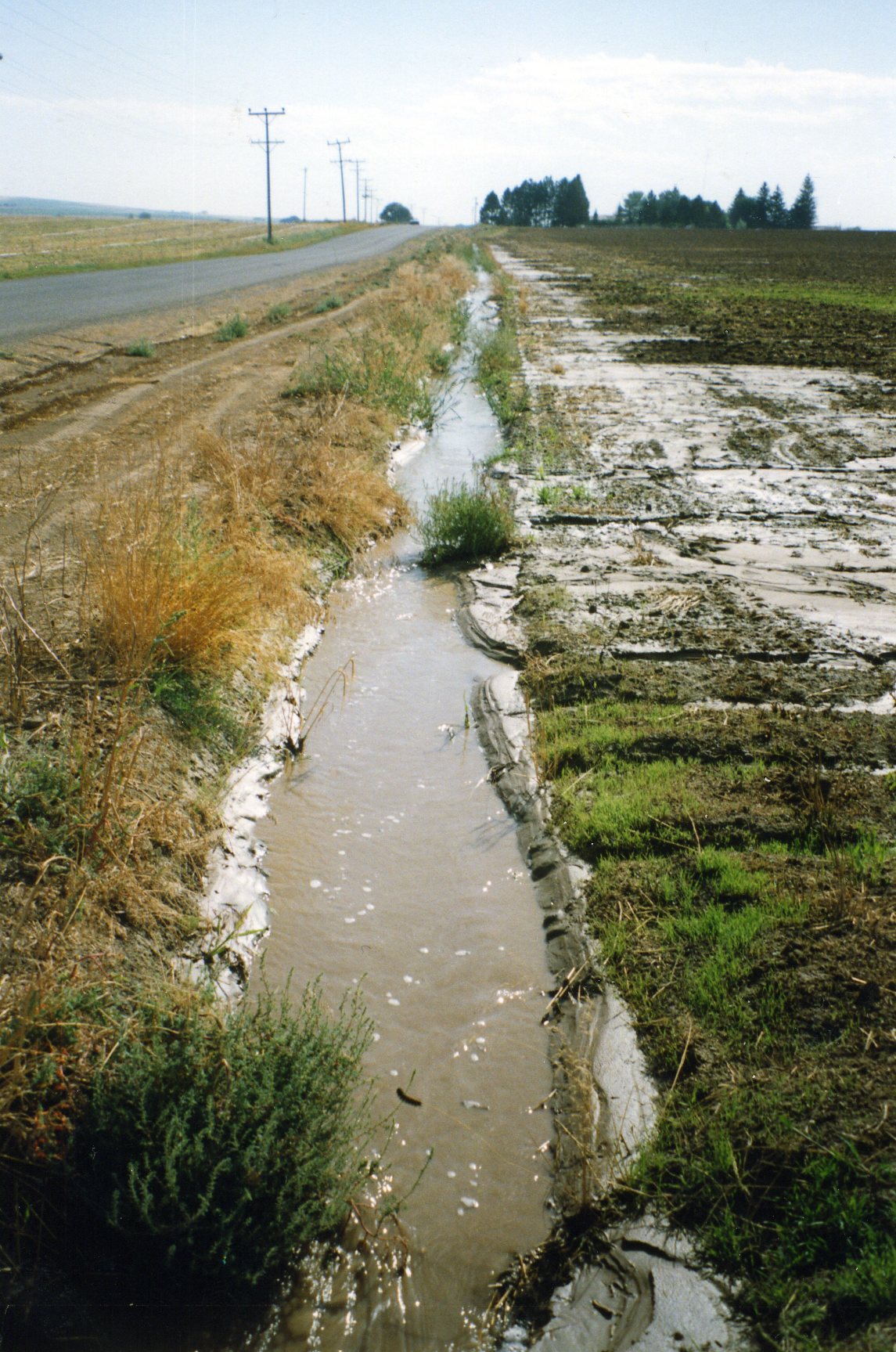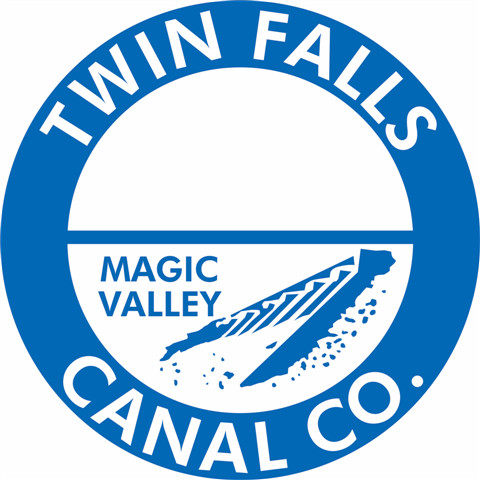Tail Water Management

SNAKERIVER TMDL
In response to Federal and State mandates to clean up agricultural returns to the Mid-Snake River, TFCC stockholders passed the following bylaw at the 2000 Annual Meeting:
Amendment of Restated Bylaws
Water Quality Resolution adopted by Twin Falls Canal Company Stockholders at the January 11, 2000, Annual Stockholders Meeting
Shareholders may be required to construct and maintain, at their own expense, sediment control or other facilities to insure that Shareholder’s discharges into Company’s facilities or into any water for which the Company is responsible will meet or exceed applicable Federal, State, local and Company water quality standards. Shareholders not in compliance with adopted water quality standards will be mailed a written notice warning that corrective action is required. After such a warning, within a reasonable time as determined by the Company, failure to comply with applicable standards will result in the Shareholder losing the privilege to discharge surplus water into the Company’s facilities or into any water for which the Company is responsible. If the adopted water quality standards continue to not be met, then the corporation may shut off water delivery to that shareholder until that shareholder is in compliance.
“To get the ball rolling” and help farmers work toward this TMDL mandate of 52 mg/liter by 2004, the TFCC Board of Directors appointed a committee of ten farmers to oversee these water quality efforts.

TAILWATER MANAGEMENT PLAN
- Map
Obtain at NRCS / FSA Office (1441 Fillmore St., Twin Falls, ID)
Get one for each of your farms. - Determine which fields will have an erosion problem this year.
- Identify Wastewater Exits.
On your map, identify sites where wastewater leaves your farm, or re-enters a TFCC waterway. - List BMP’s which will solve your individual problems.
(Include locations)- Pam Applications
- Filter Strips
- Conservation Tillage
- Sediment Ponds
- Sprinkler Systems
- Other
- Implement BMP’s
Now is the time to get started! - Evaluate your wastewater quality at each exit point.
Contact TFCC or NRCS for help with sampling.
* This sample plan is a guideline for you to use. Refer to it frequently and record your progress on it.
Through voluntary use of PAM, sprinklers, sediment ponds and other BMP’s the committee feels irrigators can make a large contribution towards cleaning up our return flows.

TFCC Imhoff Cone Program
Twin Falls Canal Company has Imhoff cones available for farmers to self-check their return flow water quality. All TFCC ditchriders have these cones. We encourage all irrigators to borrow one and try some sampling. The procedure is fast and simple and will provide you with good information on your tail water management.
The Imhoff Cone has proved to be an important monitoring tool.
TFCC IMHOFF CONE PROCEDURE
- Collect 1 liter of water from the stream you want to test.
- Push the stand into the ground and place the cone in it.
- Fill the cone to the top line (1,000ml).
- Allow the sediment to settle for 30 to 45 minutes
- Read the line at the top of the sediment.
- on the scale=500 mg./liter
1 on the scale=1,000 mg./liter 2=2,000, etc… - Unscrew the cap at the bottom of the cone, drain the cone,
rinse it with clean water and replace the cap. - Return the cone and stand to your ditchrider.
These sample results are strictly for your information. Please feel free to
use the cone again whenever you want to evaluate your tail water flows.
Monitoring
TFCC contracts with U of I (Clarence Robison) to sample return flow at 13 sites along the Mid-Snake River.
We will use this monitoring to evaluate our water quality efforts and to help us prioritize areas that need more work
Twin Falls Canal Company realizes that many of our stockholders have been actively installing BMP’s and working on water quality for many years. To those irrigators, we want to give you a big pat on the back and ask you to keep up the good work.
For any irrigators who need help or advice on cleaning up return flows, give us a call at 733-6731, and will be happy to assist in any way we can.
With a cooperative effort from all of our stockholders and irrigators, we can improve the productivity of our farms and return higher-quality water to the Snake River.
